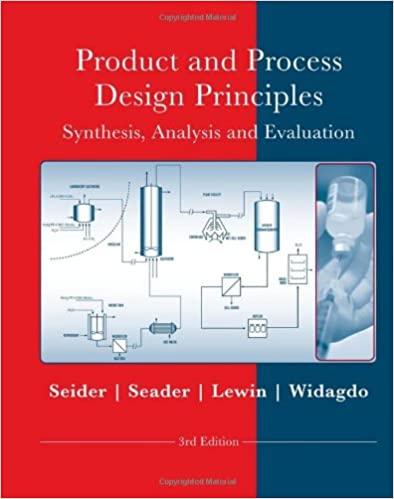Question
I am having trouble with this lab, please help me whith tthe explanations. i do not undertand what calculations do i have to do before
I am having trouble with this lab, please help me whith tthe explanations. i do not undertand what calculations do i have to do before doing the lab
Preparation of standard solutions of copper (II) 1. Prepare 1 L of a 1% v/v nitric acid solution in nanopure water and also containing 7000 ppm of K, 70 ppm Na, 700 ppm Mg and 130 ppm Ca. Sodium chloride and potassium chloride can be used; for magnesium and calcium since chlorides are very hygroscopic. You will need to use carbonates and dissolve them in a small amount of nitric acid and water 1:1. If carbonates are not available, weigh nitrates. Should remove the nitrates in a desiccator, and weigh them by difference. Don't forget that ppm refers to the element and not the compound. Use this solution as a solvent to prepare stock and standard solutions. copper(II). 2. Prepare 250 mL of a standard solution of copper (II) sulfate with a final concentration of 1000 ppm in the element copper. 3. Prepare 100 mL of a 100 ppm Cu(II) standard solution from the standard solution. 4. Prepare 100 mL of a series of Cu(II) standard solutions covering a range from 0 (blank) to 10 ppm from the 100 ppm solution. You can do the same for example 0, 2, 5, 7 and 10 ppm. 5. Exact values do not matter as long as they are well distributed over the range and concentrations are known exactly. 6. Read the absorbance (AA) of each of the standard solutions and the blank (0 ppm). For each sample get a minimum of three readings. Write down these readings along with their standard deviation. Unknown sample pretreatment 1. The procedure described below involves the digestion of the sample. This process must be carried out in the gas extractor since it will be working with concentrated nitric acid. I weighed about 7 grams of tea leaves. Transfer the tea to a 400 mL beaker. Very carefully add 100 mL of concentrated nitric acid and stir using a glass stirrer and remember not to remove it from the beaker until the entire procedure is finished. After the acid reacts with the tea, place the glass in a heating plate. 2. Heat the acid slowly and evaporate to near dryness, but do not allow it to dry completely. Yes completely dry add another 25 mL of acid and repeat the evaporation. Cool and filter the solution through a glass filter (DO NOT FILTER USING PAPER). 3. Wash the residue on the filter with a few milliliters of water. Transfer the filtrate quantitatively to a flask. volumetric 50 mL and compete up to the mark with nanopure water. Determination of copper(II) in the unknown sample 1. Read the absorbance of a portion of the solution prepared from the unknown sample. Dilute the solution, if necessary, so that the absorbance reading of your sample is in the range linear of the calibration curve. 2. Use the blank corresponding to this sample and read the absorbance
Step by Step Solution
There are 3 Steps involved in it
Step: 1

Get Instant Access to Expert-Tailored Solutions
See step-by-step solutions with expert insights and AI powered tools for academic success
Step: 2

Step: 3

Ace Your Homework with AI
Get the answers you need in no time with our AI-driven, step-by-step assistance
Get Started


